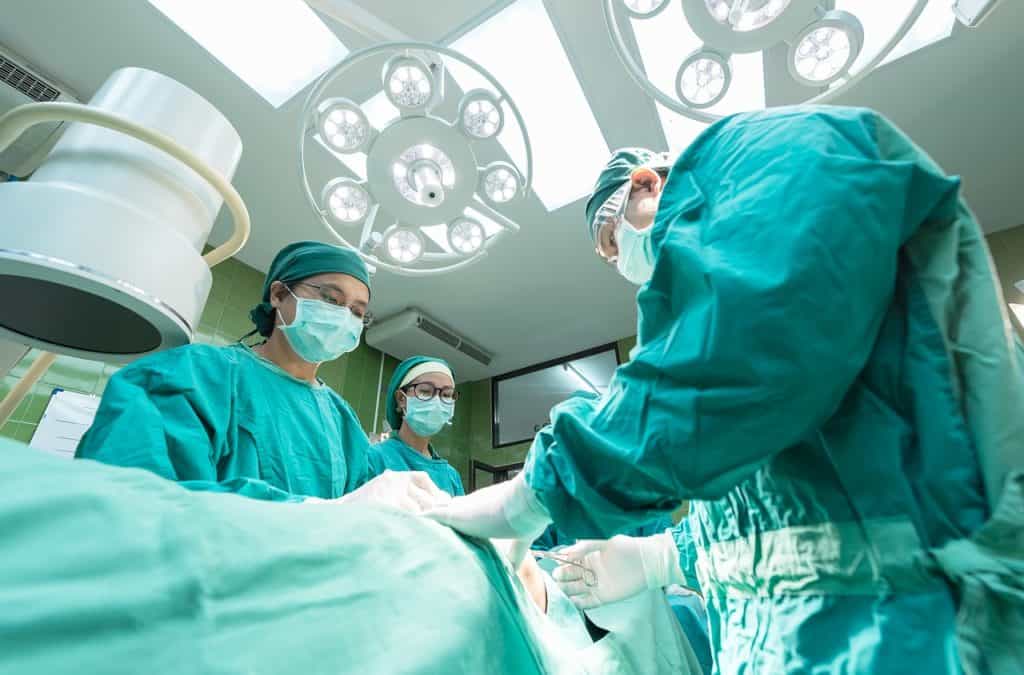I have recently evaluated a patient for severe heartburn and food regurgitation following gastric sleeve surgery performed in 2013 in Houston. The patient was happy with weight loss results. She had excellent restriction but suffered from severe GERD related symptoms poorly controlled with high dose proton pump inhibitors. An UGI study showed around 5 cm of upper sleeve herniating into the chest with significant narrowing at the level of the hiatal opening. The intra-abdominal sleeve lumen appeared narrow with obliteration of the incisura angularis. An upper endoscopy revealed ulcerative distal esophagitis, incarcerated hiatal hernia and a tight stricture at the level of the hiatal opening. I was not able to pass the endoscope through the stricture to examine the rest of the sleeve. I was not sure if the sleeve lumen itself was narrowed at the hiatal opening or the angulation and herniation of gastric sleeve at that level resulted in this tight stricture.
The decision was made to repair the hiatal hernia hernia and convert the narrowed gastric sleeve to gastric bypass to alleviate acid reflux. Surgery was scheduled but not yet performed. Upon reviewing the operative report, I noted that the gastric sleeve surgery was performed using SILS (Single incision laparoscopic surgery). SILS consists of placing a single port in the mid -abdomen through which a number of specialized instruments can be inserted to performed gastric sleeve surgery. The advantage of such an approach is to reduce the number of incisions and improve cosmesis. The major disadvantage of SILS is that it restricts instruments to in-line, parallel movements. It violates the important concept of triangulation in laparoscopic surgery and limit the safe application of complex laparoscopic surgery. In the case of gastric sleeve surgery, SILS approach prevents proper sleeve contouring and preservation of the incisura angularis. In this particular patient, SILS may have contributed to the formation of a narrow sleeve lumen with an obliterated incisura angularis, thus contributing to severe post sleeve acid reflux. Luckily the use of SILS in Houston for gastric sleeve surgery in particular is limited saving many patients unnecessary complications. At Houston Weight Loss Surgery Center, we advocate safe and effective laparoscopic surgery. we place 5 trocars in the abdominal wall to easily access the stomach from all sides to perform safe and effective gastric sleeve surgery. We preserve the incisura angularis to prevent acid reflux development after sleeve gastrectomy.

